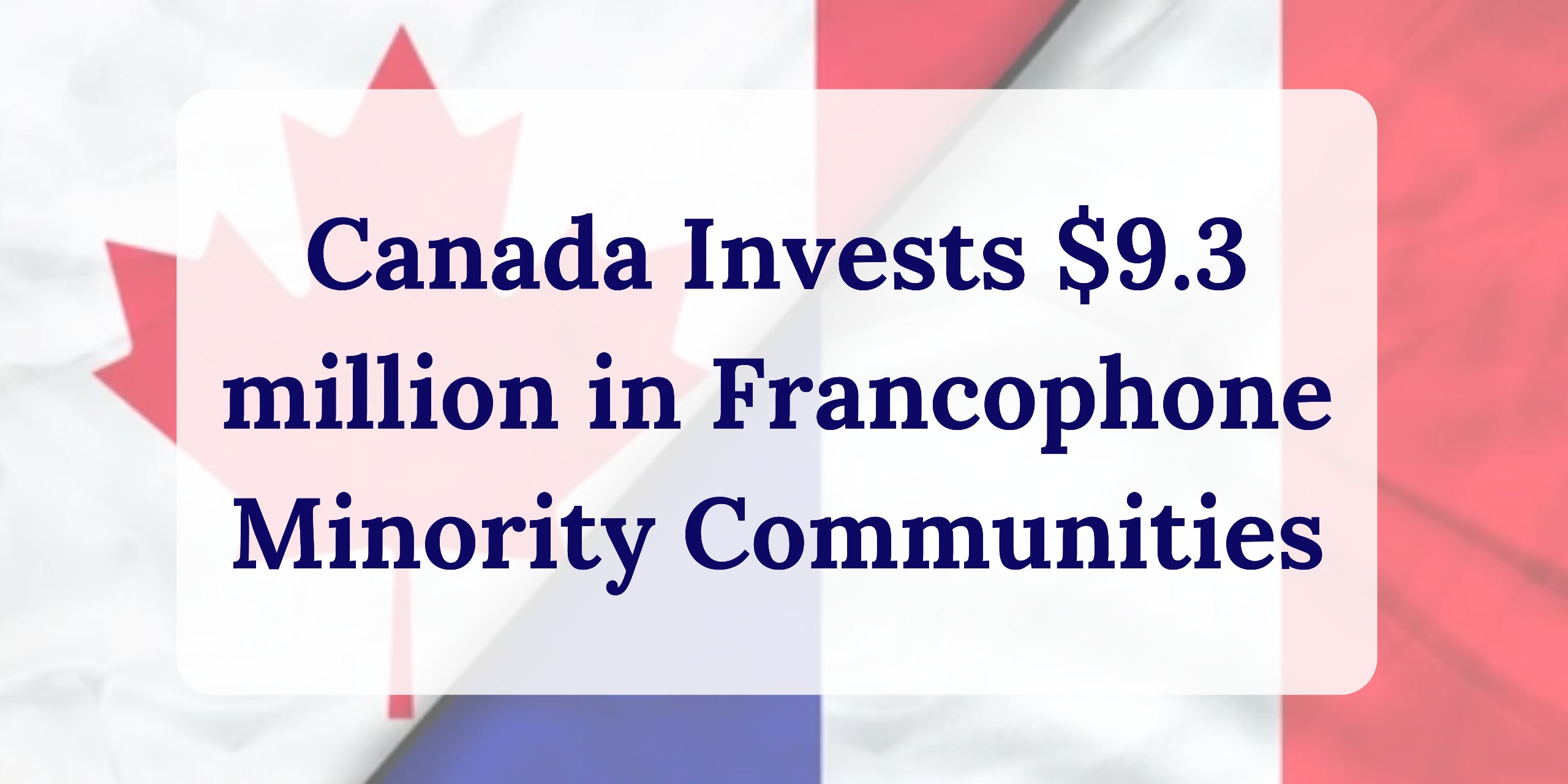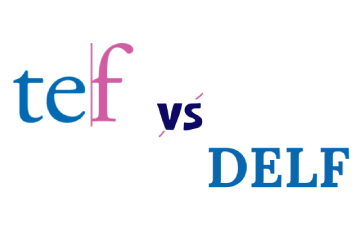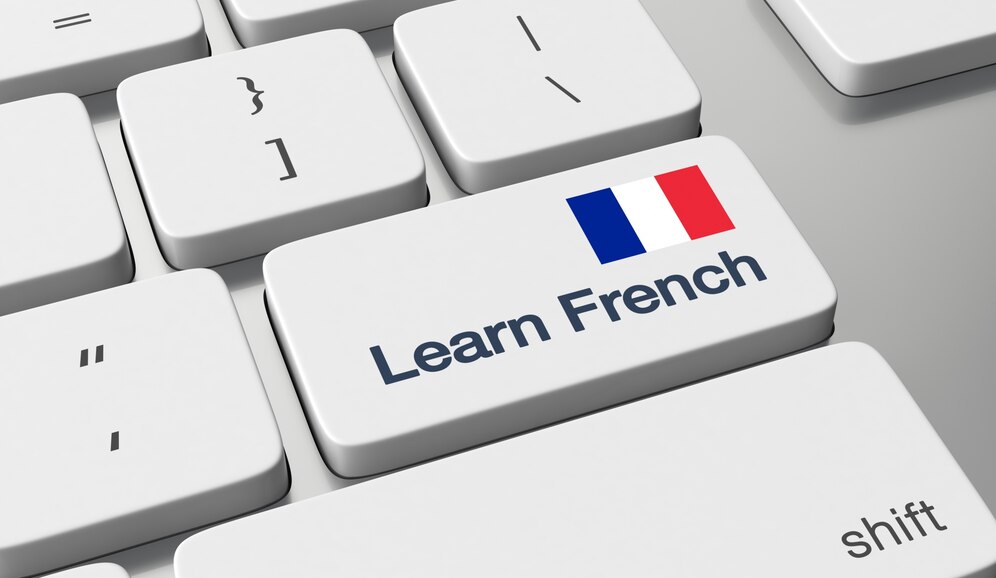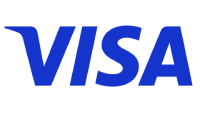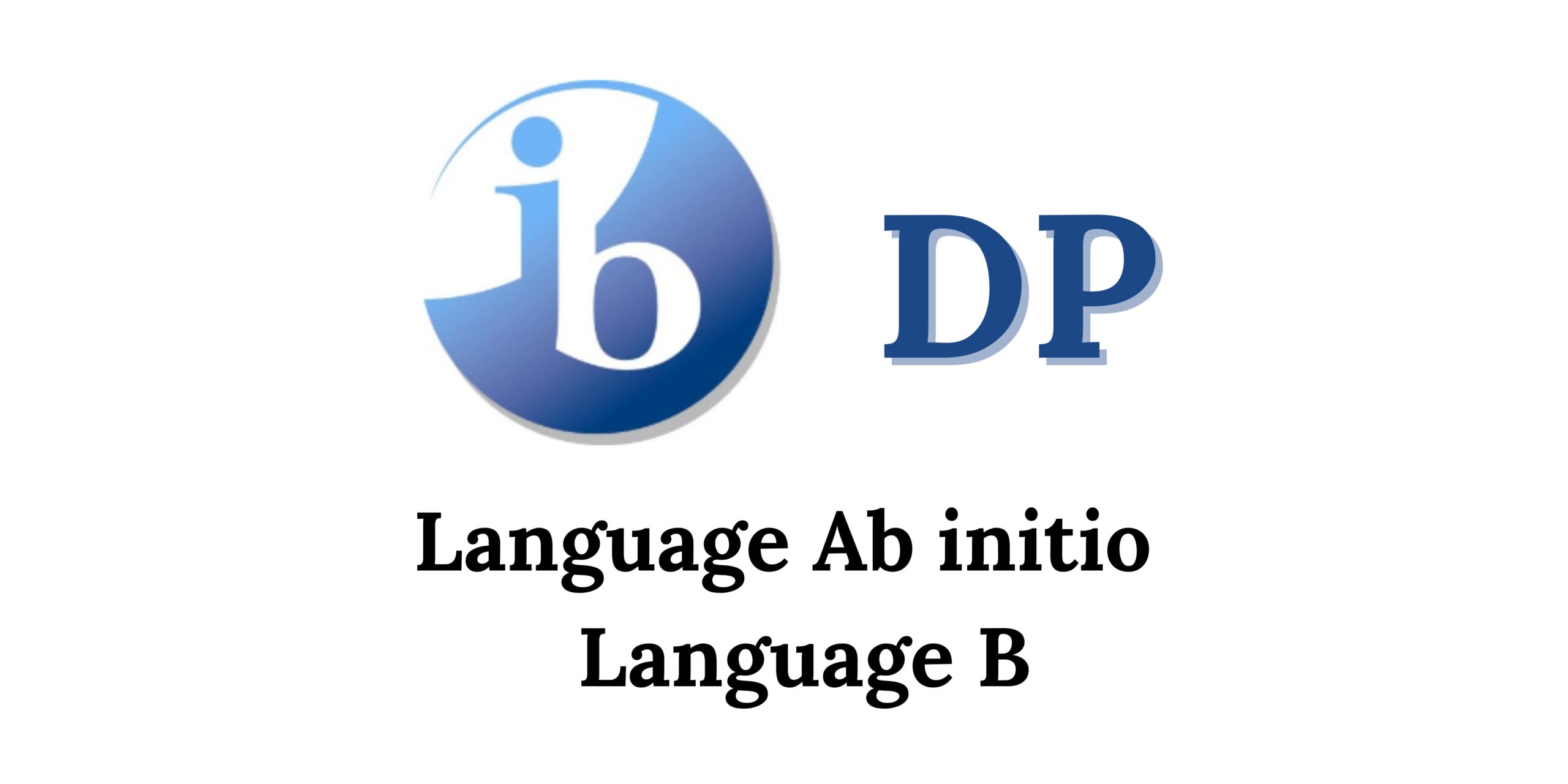
Language ab initio and language B are language acquisition courses designed to provide students with the necessary skills and intercultural competence that will enable them to communicate successfully in an environment where the language studied is spoken.
The language acquisition assessment objectives are common to both language ab initio and language B:
– Communicate clearly and effectively in a range of contexts and for a variety of purposes.
– Understand and use language appropriate to a range of interpersonal and/or intercultural contexts and audiences.
– Understand and use language to express and respond to a range of ideas with fluency and accuracy.
– Identify, organize and present ideas on a range of topics.
– Understand, analyse and reflect upon a range of written, audio, visual and audio-visual texts.
For general information about the International Baccalaureate (IB) program, visit this link.
Language Ab initio
Offered only at the SL level, the ab initio language course is designed for students with little or no prior experience in the language. The curriculum covers five prescribed themes: identity, experience, human ingenuity, social organization, and sharing the planet.
Unlike the B language course, the ab initio curriculum includes four topics for each theme, totaling 20 topics to be covered over the two-year course.
Students engage with a variety of texts, including written, audio, visual, and audiovisual formats.
Ab initio language assessment (SL)
External Assessment 75%
Paper 1 (productive skills): Two written tasks—each from a choice of three.
Writing – 30 marks
Paper 2 (receptive skills): With separate sections for listening (demonstrating understanding of three audio passages) and reading (demonstrating understanding of three written passages).
Listening – 25 marks
Reading – 40 marks
Internal Examination 25%
Individual oral assessment – 30 marks
For individual oral internal assessment, the stimulus is a visual image clearly related to one or more course topics. Assessment includes:
– A student presentation followed by a discussion based on the visual stimulus linked to one of the prescribed themes.
– A general conversation with the teacher covering topics from at least one additional course theme.
This assessment evaluates both productive and interactive skills.
Content outline
| Theme | Guiding principle | Prescribed topics | Possible questions |
|---|---|---|---|
| Identities | Explore the nature of the self and how we express who we are | – Personal attributes – Personal relationships – Eating and drinking – Physical well-being | – How do I present myself to others? – How do I express my identity? – How do I achieve a balanced and healthy lifestyle? |
| Experiences | Explore and tell the stories of the events, experiences and journeys that shape our lives. | – Daily routine – Leisure – Holidays – Festivals and celebrations | – How does travel broaden our horizons? – How would my life be different if I lived in another culture? – What are the challenges of being a teenager? – How are customs and traditions similar or different across cultures? |
| Human ingenuity | Explore the ways in which human creativity and innovation affect our world. | – Transport – Entertainment – Media – Technology | – How do science and technology affect my life? – How do I use media in my daily life? – What can I learn about a culture through entertainment? |
| Social organization | Explore the ways in which groups of people organize themselves, or are organized, through common systems or interests. | – Neighbourhood – Education – The workplace – Social issues | – What purpose do rules and regulations have in society? – What is my role in society? – What options do I have in the world of work? |
| Sharing the planet | Explore the challenges and opportunities faced by individuals and communities in the modern world. | – Climate – Physical geography – The environment – Global issues | – What can I do to help the environment? – How do my surroundings affect the way I live? – What can I do to make the world a better place? |
If you need help with Language ab initio, Language B, or any other subject, our tutors are ready to support you on your academic journey. Don’t miss your chance to succeed—take a trial lesson today!
Language B
Language B is a language acquisition course for students with some prior experience in the target language. Available at both standard (SL) and higher level (HL). The course aims to further develop students’ communication skills through the study of language, themes, and texts. The Language B curriculum, like Ab initio Language, consists of five required themes: identity, experience, human ingenuity, social organization, and sharing the planet.
Assessment of Language B (SL/HL)
External Assessment 75%
Paper 1 (productive skills): One writing task from a choice of three.
Writing – 30 marks
Paper 2 (receptive skills): Separate sections for listening (demonstrating understanding of three audio passages) and reading (demonstrating understanding of three written passages).
Listening—25 marks
Reading—40 marks
The assessment outlines for Language B SL and HL are identical; the difference lies in the nature of the assessment. For Language B HL Paper 1, tasks require more complex language and structures, demanding higher-order thinking skills. Additionally, HL assessments have a higher word range to accommodate the more complex responses required.
Internal Examination 25%
Individual oral assessment
30 marks
Internal assessment at SL consists of an individual oral assessment focused on productive and interactive skills. This includes a student presentation and follow-up discussion based on a visual stimulus linked to one of the prescribed themes of the course, and a general conversation with the teacher on at least one additional theme of the course.
Internal assessment at HL also involves an individual oral assessment of productive and interactive skills. This includes a student presentation and follow-up discussion based on an extract from one of the literary works studied during the course, and a general conversation with the teacher using one or more of the five prescribed themes as a starting point.
Content outline
| Theme | Guiding principle | Optional recommended topics | Possible questions |
|---|---|---|---|
| Identities | Explore the nature of the self and what it is to be human | – Lifestyles – Health and well-being – Beliefs and values – Subcultures – Language and identity | – What constitutes an identity? – How do language and culture contribute to form our identity? |
| Experiences | Explore and tell the stories of the events, experiences and journeys that shape our lives | – Leisure activities – Holidays and travel – Life stories – Rites of passage – Customs and traditions – Migration | – How does our past shape our present and our future? – How and why do different cultures mark important moments in life? |
| Human ingenuity | Explore the ways in which human creativity and innovation affect our world. | – Entertainment – Artistic expressions – Communication and media – Technology – Scientific innovation | – What can we learn about a culture through its artistic expression? – How do the media change the way we relate to each other? |
| Social organization | Explore the ways in which groups of people organize themselves, or are organized, through common systems or interests | – Social relationships – Community – Social engagement – Education – The working world – Law and order | – What is the individual’s role in the community? – What role do rules and regulations play in the formation of a society? |
| Sharing the planet | Explore the challenges and opportunities faced by individuals and communities in the modern world. | – The environment – Human rights – Peace and conflict – Equality – Globalization – Ethics – Urban and rural environment | – What environmental and social issues present challenges to the world, and how can these challenges be overcome? – What challenges and benefits does globalization bring? |

